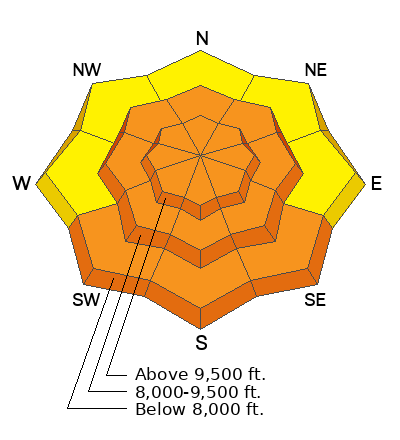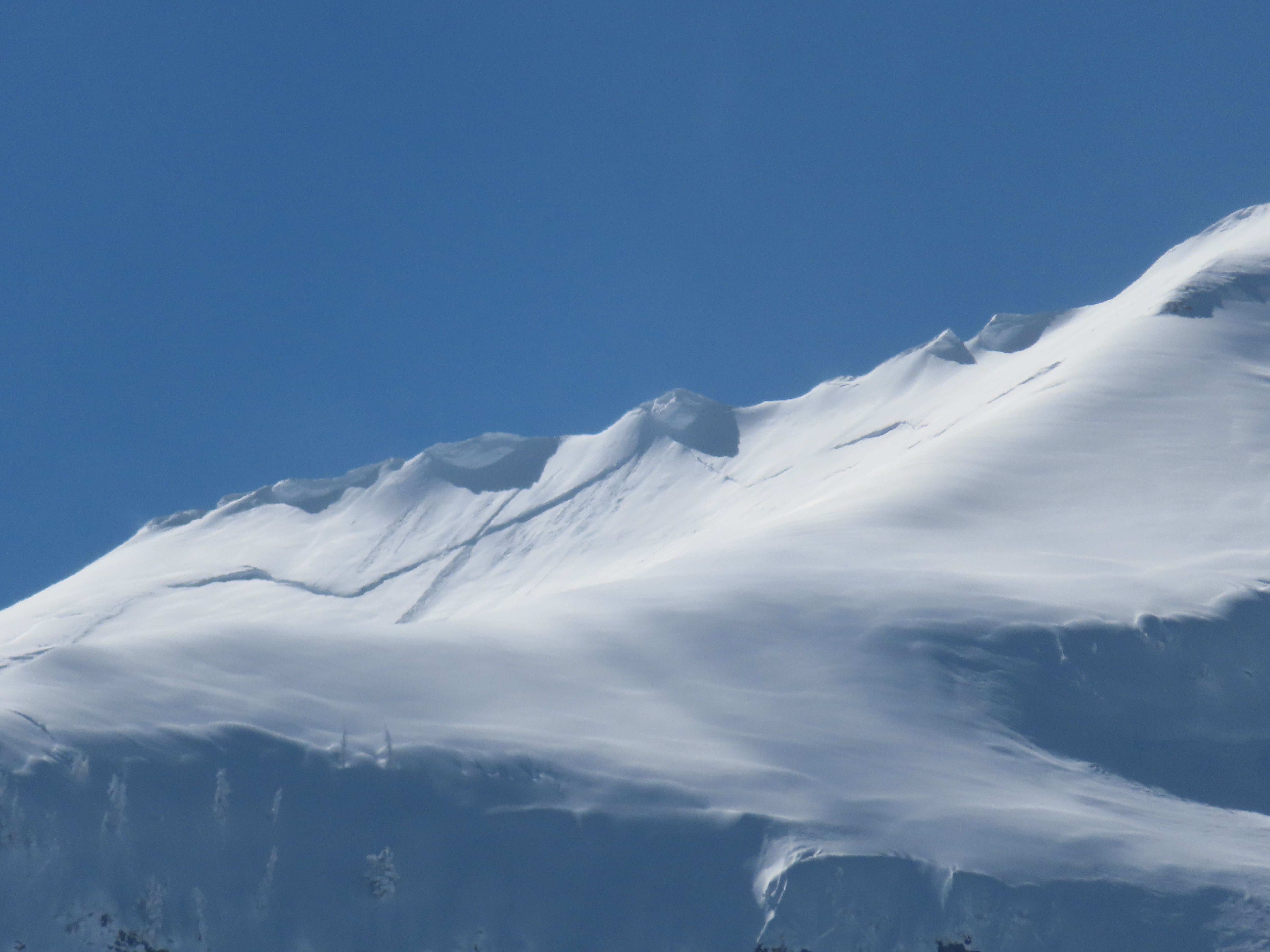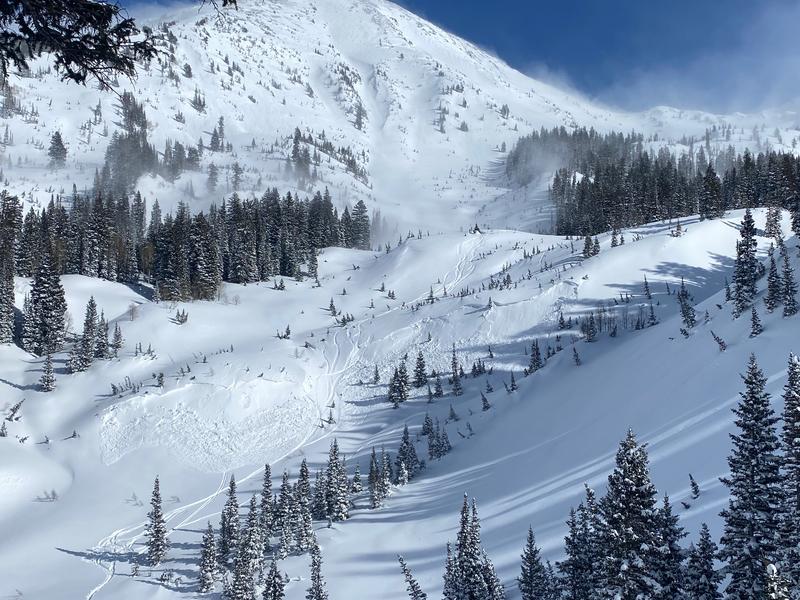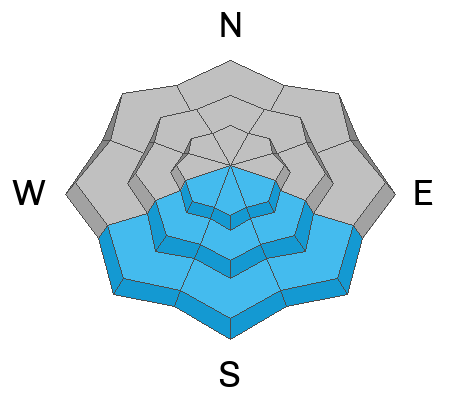Forecast for the Provo Area Mountains

Issued by Trent Meisenheimer on
Saturday morning, February 25, 2023
Saturday morning, February 25, 2023
The avalanche danger is CONSIDERABLE across all mid and upper-elevation steep slopes for wind-drifted snow avalanches (wind slabs). These avalanches are likely to be triggered by a human and will be 1-2 feet deep and up to 200 feet wide, and are large enough to catch, carry, bury, and kill a person.
Ice climbers: Avalanches can happen naturally and run long distances today from the starting zones above many of the popular ice climbs in Provo Canyon. Today is a good day to avoid climbing in areas where avalanches can run down on top of you.
Wet-loose avalanches are likely on all southerly aspects if today's warming temperatures and strong sunshine cause the snow to become damp, wet, and therefore unstable.

Low
Moderate
Considerable
High
Extreme
Learn how to read the forecast here










